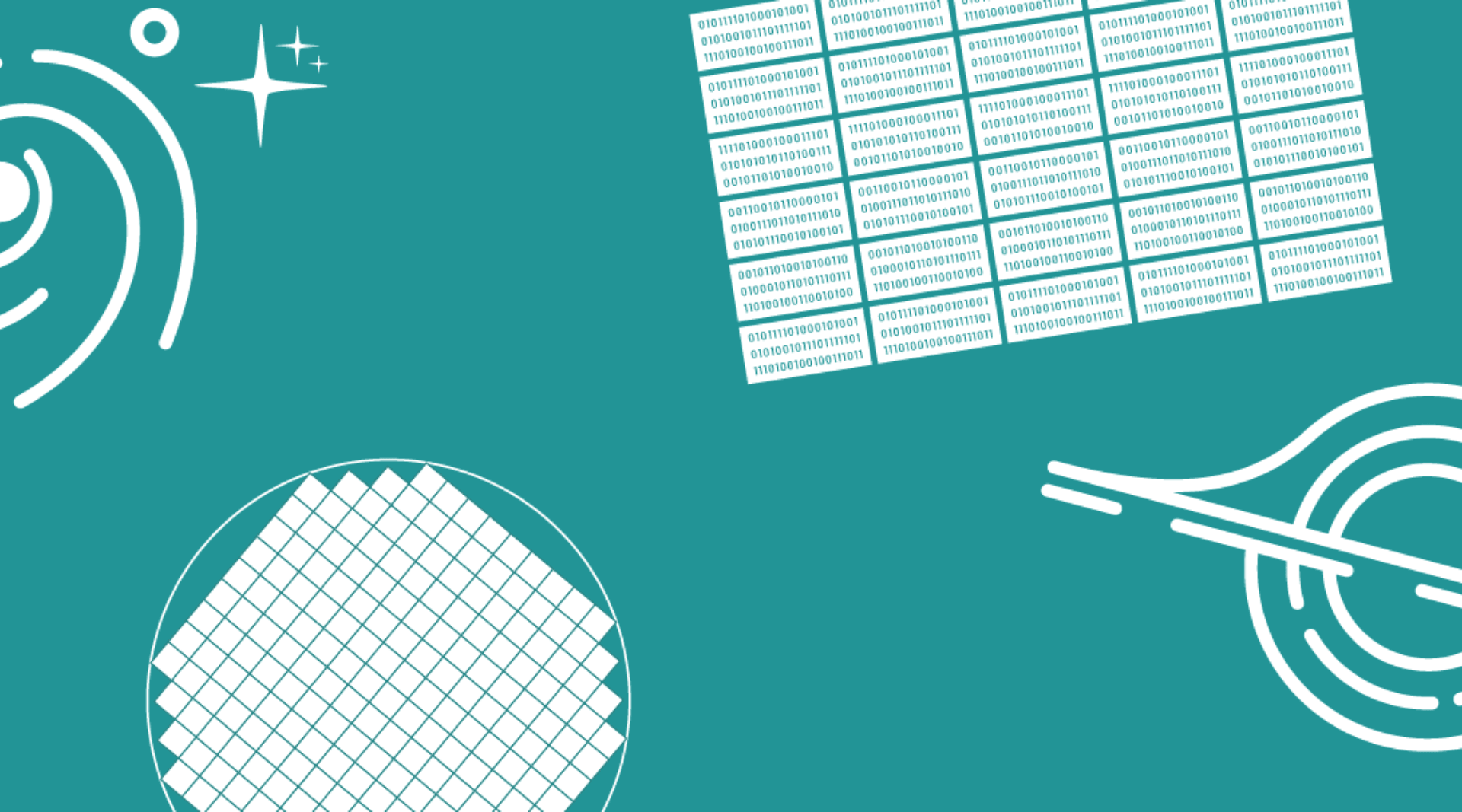Rubin Numbers
Explore Rubin Observatory...by the numbers!
History
29
Years from concept to completion
(1996–2025)
10
Years of active construction
(2015–2025)
Telescope & Optics
27.6 ft / 8.4 m
Primary mirror diameter
37,000 lbs / 16,783 kg
Primary mirror weight
11 ft / 3.5 m
Secondary mirror diameter
~386 US tons / ~350 metric tons
Full telescope weight (LSST Camera included)
Camera & Images
6173 lbs / 2800 kg
LSST Camera weight
10 square degrees
Size of images on the sky
(about the area covered by 45 full moons)
3200 megapixels
Resolution of a single image
30 seconds
Exposure time of a single image
~1000
Number of science images every night
More than 2 million
Number of images in the full ten-year LSST
6
Camera filters
320-1050 nanometers
Total wavelength range of the filter set
(near-ultraviolet to infrared)
Data
20 terabytes (20,000 gigabytes)
Amount of data collected each night
60 petabytes (60,000,000 gigabytes)
Total amount of raw image data collected in ten-year survey
~10 million
Alerts per night
Survey
The Legacy Survey of Space and Time (LSST) will image the entire visible sky from Cerro Pachón every few nights for ten years.
~100
Visits to each sky location per year
-72° to +12°
Declinations covered by the main survey
~38 billion
Objects detected during ten-year survey
- 20 billion galaxies
- 17 billion stars
- 10 million supernovae
- 6 million Solar System objects
Site
Rubin Observatory is located at the El Peñón site, on the Cerro Pachón ridge, Coquimbo region, Chile.
30º14'40.68"S, 70º44'57.90"W
Site coordinates
8684 ft / 2647 m
Site altitude
18 in / 46 cm
Average annual rainfall
More than 270
Average clear nights per year
People
~435
Rubin Builders (those who have worked on the Project for 2+ years)
as of November 2024
More than 30
Countries involved in physical or software construction
~130
Full-time Rubin employees
80 in the United States / 50 in Chile
8
Science Collaborations
~2800
Science Collaboration members
as of November 2024

